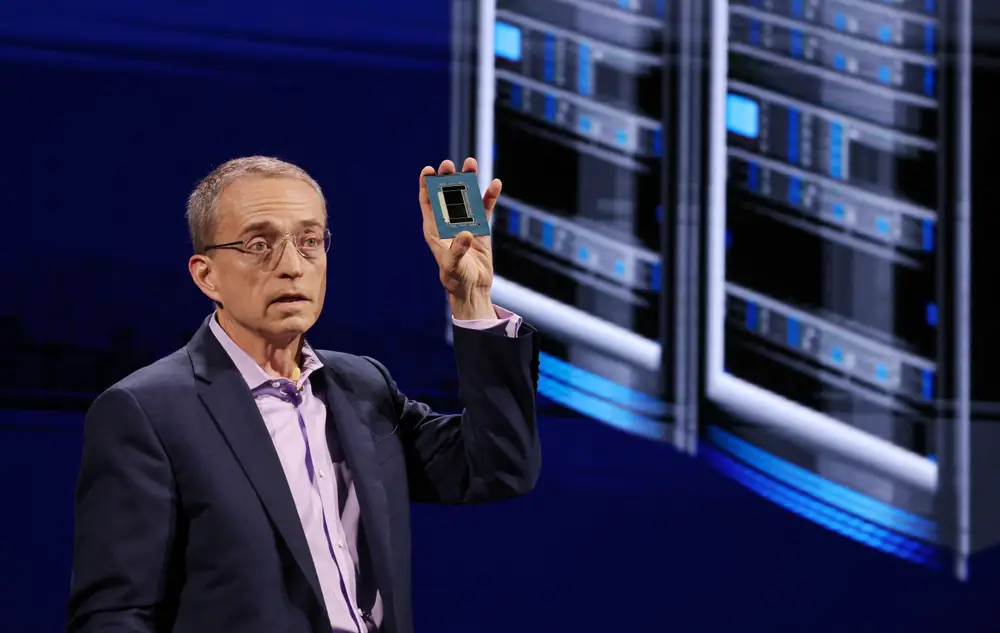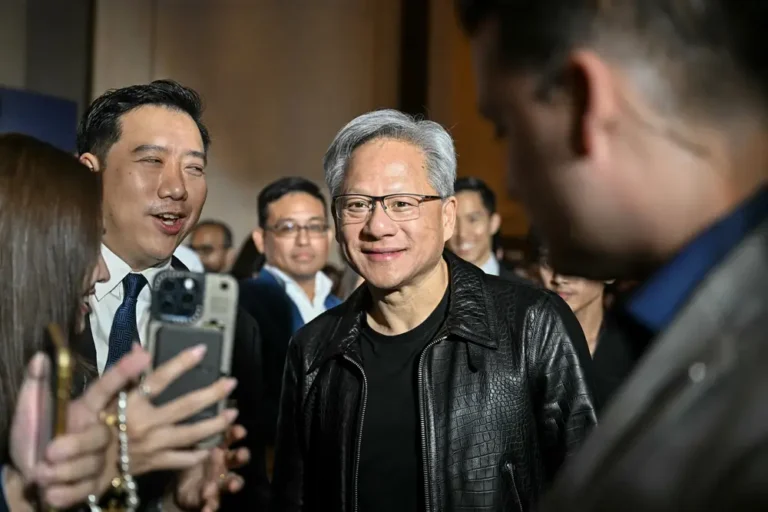Here’s what Wall Street analysts say is ahead for Intel after CEO Pat Gelsinger’s departure

Intel’s ex-CEO Pat Gelsinger.
Intel stock dropped 6% Tuesday as investors reacted to the departure of the chip maker’s CEO, and Wall Street analysts seem to think the company future remains uncertain.
The stock dropped in Tuesday trades to close at %22.47 per share after the company announced on Monday that CEO Pat Gelsinger would be leaving the company.
Intel has struggled to keep up amid a tense AI chip race, losing out to chip titan and AI darling Nvidia and seeing a drag on its margins after doubling down on its foundry business. It’s also lost market share in its core PC and data center offerings.
The stock’s most recent fall brings its year-to-date losses to 55%.
Intel chair Frank Yeary said the company is committed to restoring investor confidence, but Wall Street analysts say it won’t be easy.
Citi analysts said the departure of Gelsinger—who pushed the strategy to make Intel into a major foundry business—could make proposals for a split between its manufacturing process and chip-design business more possible, boosting its stock.
“We believe it is in the best interest of Intel shareholders if the company stops trying to be a merchant foundry and we believe the chance is higher now given Gelsinger was a champion of it,” the analysts said in a Monday note.
If the company is able to exit its foundry business, its gross margins and earnings per share could rise, boosting its stock price to $50-$60 per share, the analysts wrote. That’s as much as a 165% gain from current prices.
But others warn the company’s split is unlikely, and would provide only a temporary stock boost.
Bank of America analyst Vivek Arya said that separating the chipmaking and design arms would give both units “much-needed” independence, but the company’s $7.9 billion CHIPS Act award requires the stock to maintain a stake between 35%-50% or more in the foundry business.
That legislation could possibly be revamped by the incoming Trump administration, but even if the company’s business units were to separate, Arya maintained that both still face a tough outlook.
“Both businesses are undergoing their own strategic, structural, financial, and competitive issues, with no near term solution in sight. The mgmt change could provide a near-term boost to the stock, but we maintain Underperform and $21 PO,” he wrote.
Other analysts say that separating the two units within Intel would only temporarily boost stock prices.
“It would not solve Intel’s larger issues (e.g. a lagging position vs. competitors for both chip design and production), meaning any immediate bump would seem to be onetime in nature,” Wedbush Securities analysts said in a Monday note.
The Citi analysts also warned that Gelsinger’s knowledge of semiconductors was unmatched, leaving a big hole to fill as the board searches for a replacement CEO.
“Now that Pat is gone, the risk increases that Intel could remain behind TSMC/AMD if the new CEO is not as well-versed in advanced semiconductor manufacturing as Pat,” the analysts said, maintaining their $22 price target on the stock.






